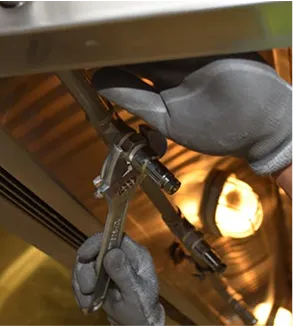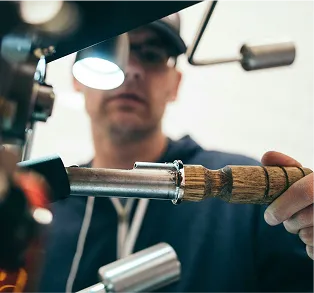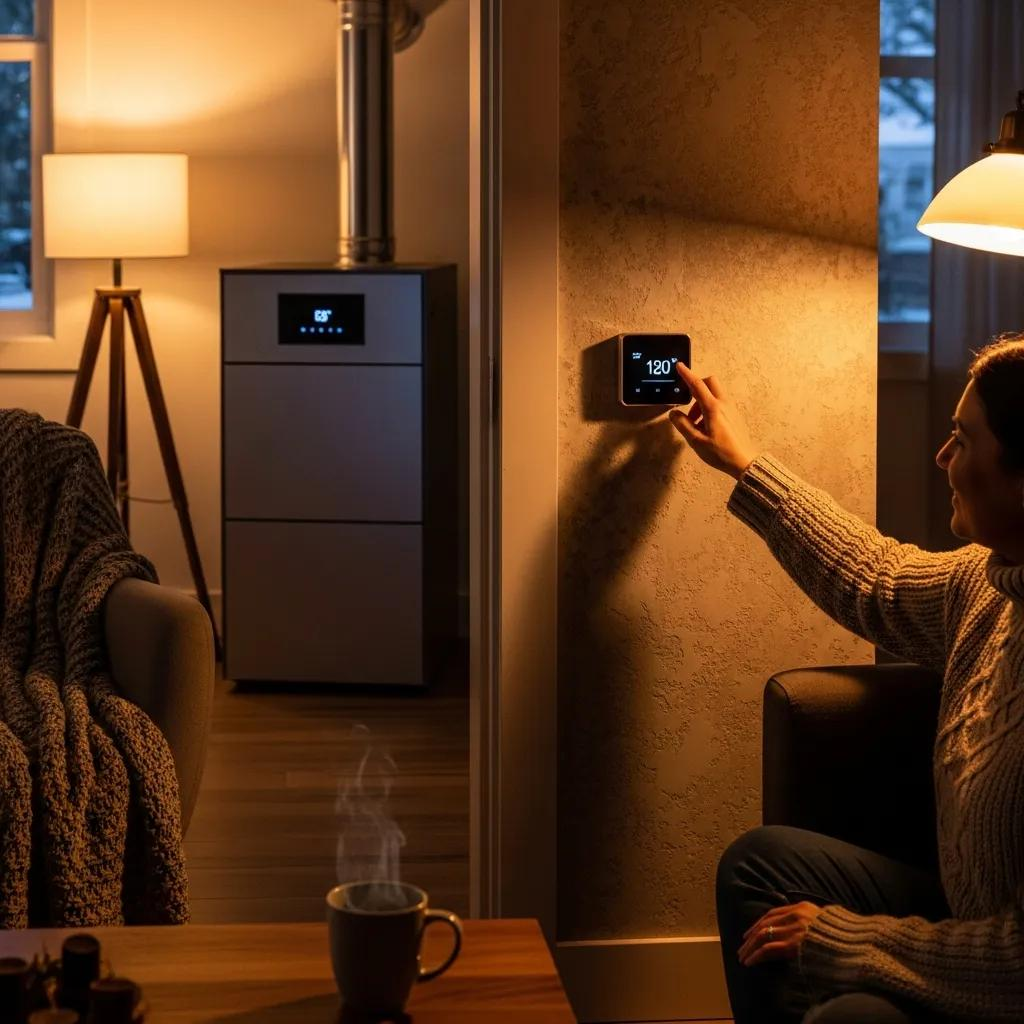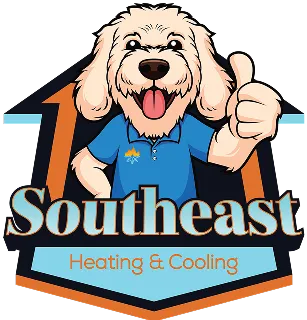
A furnace is usually a background player in your home, keeping you warm in the cold winter months. It often isn't noticed until something breaks down.
One source may be that your furnace has a cracked heat exchanger. It can potentially be hazardous, so it’s critical to know the evidence of a cracked heat exchanger and what you should do if you believe that is the problem.
What Is a Heat Exchanger in a Furnace?
A heat exchanger helps transition heat from the combustion chamber of your furnace to the air that flows inside the air ducts. It usually accomplishes this with coils or tubes that heat the air while functioning as a barrier to keep byproducts created in the combustion chamber, called flue gasses, from escaping out into your home.
Is a Cracked Heat Exchanger Dangerous?
Given its central role, it isn't surprising that a broken heat exchanger can pose a risk. A crack in the heat exchanger can allow dangerous gasses – such as carbon monoxide, which can be lethal – to flow through your home.
For obvious reasons, never use your furnace if you suspect there's a crack in the heat exchanger, as this could make the entire household sick. Call an HVAC professional immediately if you believe your heating has a cracked heat exchanger that needs repair.
Four Warning Signs of a Cracked Heat Exchanger:
- Furnace turns off: A cracked heat exchanger can cause your furnace to turn off.
- Odd Smells: If the air coming out of your furnace has an intense chemical scent, it could be evidence gasses are leaking through cracks in your heat exchanger. These gasses, which can smell like formaldehyde, are a common warning sign.
- Carbon monoxide alarm is triggered, or you feel symptoms of poisoning: If a cracked heat exchanger is relieving carbon monoxide in your home, your carbon monoxide alarm should go off or family members might start experiencing signs of carbon monoxide poisoning. Complications include headaches, dizziness, weakness, nausea, vomiting or feeling tired. If the alarm goes off or you feel sick, exit the home as soon as you can and then call for help.
- Soot: If you notice black sooty buildup near the exterior of your furnace, it’s an indication something might be seriously wrong.
What to Do if the Furnace Heat Exchanger is Cracked
If you believe your furnace has a cracked heat exchanger, contact a professional well versed in furnace installation as soon as possible so they can examine your system and, if required, handle a furnace heat exchanger replacement. Costs will fluctuate depending on the situation but estimates often hover around $1,000 to $3,000.
Fortunately, the good news is that heat exchangers are regularly protected by the warranty. It's a good idea to review the warranty paperwork on your furnace, as while the warranty won't always cover the entire cost of repairs, it still may significantly lower your bill.
How to Avoid a Cracked Heat Exchanger in Your Home
One of the easiest ways to minimize the risk of problems in your furnace overall is with consistent furnace maintenance. Furnaces offer the most benefits when they work efficiently. Hiring a skilled professional to check your furnace for broken-down parts, clogged filters and other potential problems can help you avoid getting a big bill later on.
It’s also a good idea to take a look at your furnace filters every few months – it’s encouraged some filters be swapped out every 90 days or sooner if they are dirty or grimy. While the filters are not part of the heat exchanger itself, the strain of drawing air through a clogged filter makes your entire furnace work longer to complete its job. And the harder your furnace has to work, the more wear and tear parts like the heat exchanger will endure.
Related Blogs
Customer Testimonials


Financing


Latest Blogs

Troubleshooting Common Furnace Issues

Heat Pump Defrost Issues: Solving Your Icing Dilemma









.webp)

.jpeg)